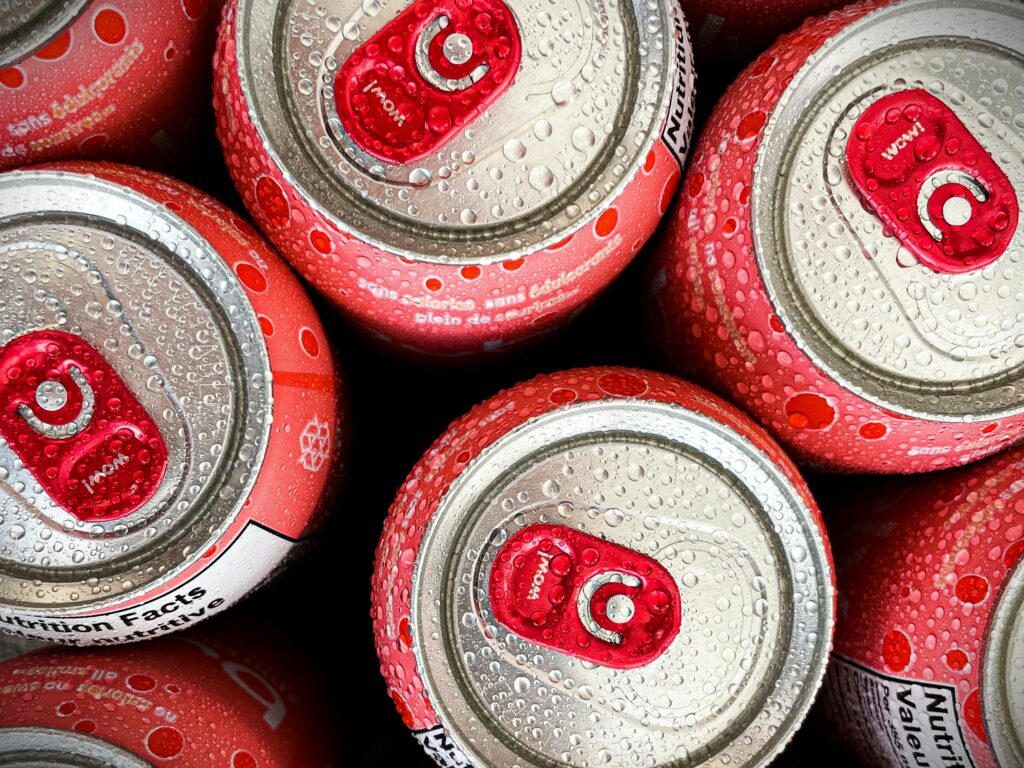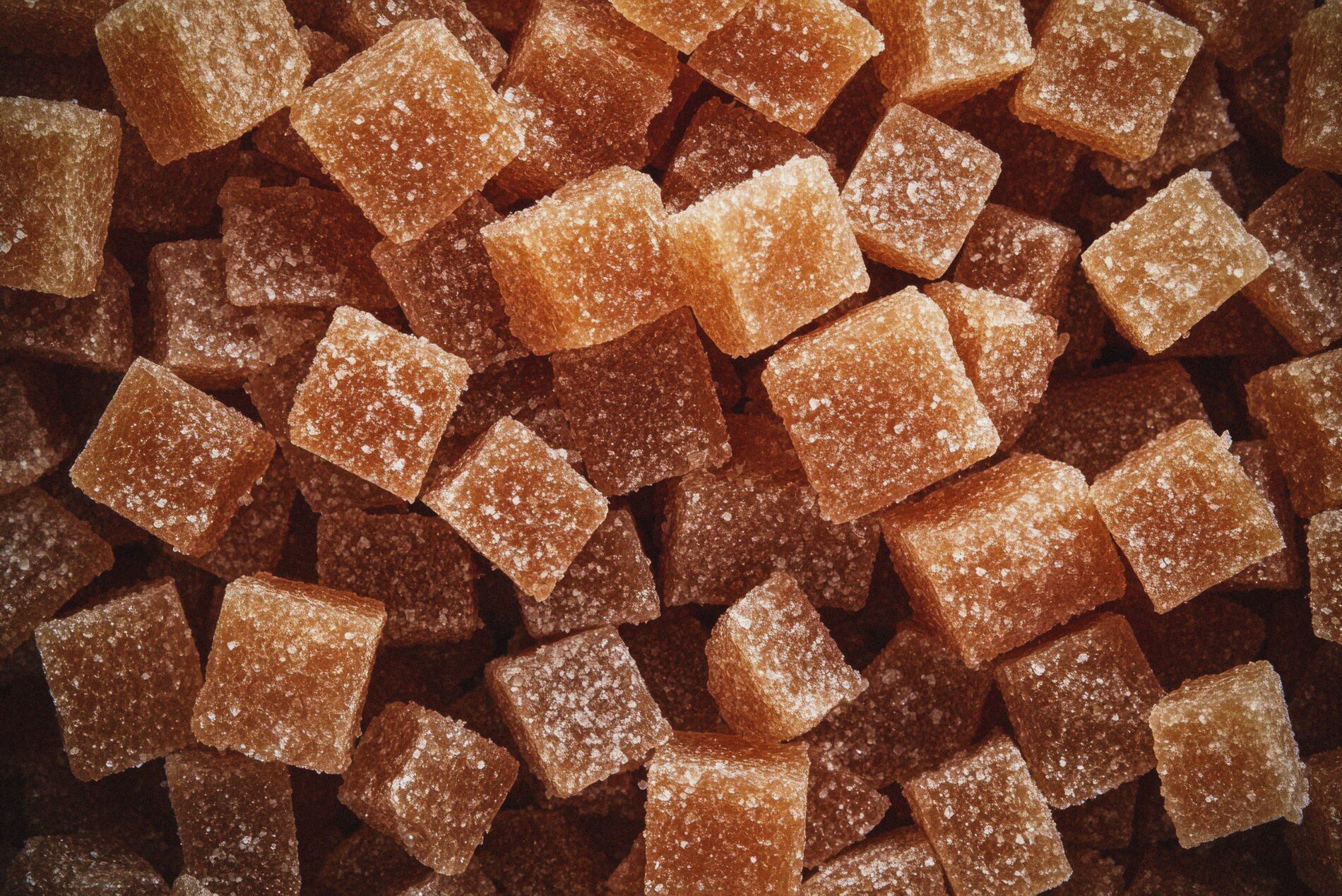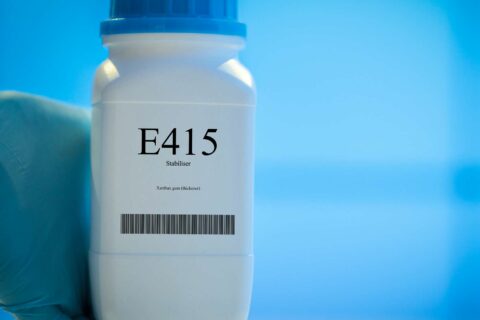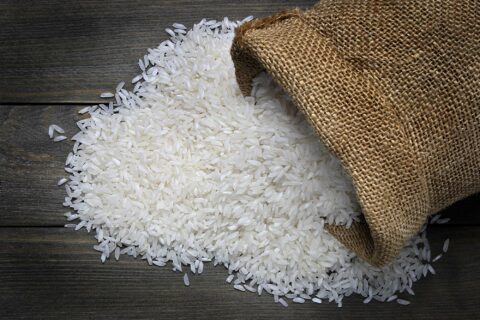In today’s health-conscious market, reducing sugar in food and beverage products has become a top priority for manufacturers, retailers, and consumers alike. With growing concerns around obesity, diabetes, and metabolic health, regulatory pressure and consumer demand are driving innovation in low and no sugar formulations. However, sugar is not just a sweetener, it’s a multifunctional ingredient that plays a critical role in taste, texture, preservation, and overall product performance.
Removing or reducing sugar from a formulation is far more complex than simply swapping it out for an alternative. It requires a deep understanding of sugar’s chemical properties, its various forms (such as sucrose, glucose, and fructose), and the intricate balance it maintains within a product’s sensory and structural profile. We will explore what sugar is, why it is so widely used and some of the challenges to reducing it within applications.

What is Sugar
In its simplest definition, sugar is a name for a group of carbohydrates, consisting of either one or two sugar molecules. These are also known as simple sugars. They are classified into:
- Monosaccharides: These contain a single sugar molecule, such as glucose, fructose, or galactose.
- Disaccharides: These consist of two sugar molecules bonded together, such as sucrose (table sugar), lactose, and maltose.
These sugars are quickly absorbed by the body and serve as a primary source of energy. In food labelling and nutrition guidance, especially from the Food Standards Agency (FSA), simple sugars are often discussed in the context of free sugars, which include sugars added to foods and drinks, as well as those naturally present in honey, syrups, and fruit juices.
In the UK, a food is considered high in sugar if it contains more than 22.5g per 100g (or 11.25g per 100ml for liquids). Added sugars must be listed in the ingredients, using names like sugar, glucose, fructose, syrup, or honey and are listed in descending order by weight. Terms like “low sugar” or “no added sugar” are regulated. For example, “low sugar” means no more than 5g per 100g, and “no added sugar” means no sugars or sugar-containing ingredients were added during processing.
It is important to add that while sugars are carbohydrates, not all carbohydrates are sugar. Only monosaccharides and disaccharides are considered to be sugars for labelling purposes.
Why Sugar is used in Food and Drink?
Beyond its obvious contribution to sweetness, sugar enhances overall flavour by balancing acidity and bitterness, making products more palatable. It also influences texture, contributing to mouthfeel, viscosity, and structural integrity, especially in baked goods where it helps create volume and tenderness. As a natural preservative, sugar reduces water activity, thereby extending shelf life and preventing microbial growth. Its role in colour and browning is equally important, as it facilitates Maillard reactions and caramelisation, which add depth of flavour and visual appeal. Additionally, sugar serves as a key substrate in fermentation processes, enabling the production of bread, beer, yoghurt, and other fermented foods.
Because of these diverse and interconnected functions, reducing or replacing sugar is not a straightforward task. It requires a holistic reformulation approach that considers the entire product and ingredient matrix.

Challenges to removing Sugar
Reformulating food and drink products to reduce or completely remove sugar presents a range of technical and consumer-related challenges. Removing it can disrupt the product’s structure, mouthfeel, shelf life, and flavour profile. Manufacturers often struggle to find suitable replacements that mimic sugar’s multifunctionality without compromising taste or quality. Additionally, alternative sweeteners may have aftertastes, require different processing methods, or lack consumer acceptance. Regulatory constraints and labelling requirements also add complexity, especially when making health claims. Balancing health goals with sensory appeal and cost-effectiveness makes sugar reformulation a delicate and demanding process.
What is the Low and No Sugar movement?
Low and no sugar formulations in food and drink refer to products that contain significantly reduced levels of sugar or none at all, often using alternative sweeteners such as Maltitol Syrup or Stevia or dietary fibre such as FOS and Soluble Tapioca Fibre to maintain taste and functionality whilst simultaneously reducing higher sugars. These formulations have gained widespread popularity due to growing consumer awareness of the health risks associated with excessive sugar intake, such as obesity, type 2 diabetes, and tooth decay. Public health campaigns, updated nutritional guidelines, and regulatory measures, like the UK’s sugar tax and HFSS advertising restrictions, have further accelerated demand. Additionally, modern consumers are increasingly seeking products that align with wellness goals, such as weight management, blood sugar control, and cleaner labels. As a result, manufacturers are innovating to deliver low and no sugar options that still offer satisfying taste, texture, and overall eating experience.
Alternatives to conventional simple sugars like sucrose and glucose syrup have also gained popularity in recent years. Ingredients such as Oat and Rice Syrup boast a greater mineral content than simple sugars, but still ultimately contain molecular sugars in the from monosaccharides and disaccharides. This means retained functionality but also retained sugar within a recipe.

Conclusion
Sugar reduction is not just about removing sweetness; it’s about reengineering the product. Successful reformulation requires a deep understanding of sugar’s functional roles, consumer expectations, and the limitations of alternatives. Whether using natural sweeteners, polyols, fibres, or flavour enhancers, the challenge lies in delivering a product that meets sensory, nutritional, and regulatory goals without compromising quality.
How Lehmann Ingredients can help
With a wide range of experience in carbohydrate and sugar alternative supply, Lehmann Ingredients are here to help with your recipe formulation and reformulation requirements. Whether to consider a simple sugar or an alternative like Oat Syrup or FOS, depends upon the application and the consumer audience and product application in question. Reach out to us today and we can help you to navigate the complex landscape of sugar reduction formulations.
Request a Sample
FAQ
Sugar refers to a group of carbohydrates made up of one or two sugar molecules—known as simple sugars. These include:
–Monosaccharides: e.g. glucose, fructose, galactose.
–Disaccharides: e.g. sucrose (table sugar), lactose, maltose.
They are quickly absorbed by the body and provide energy. In UK food labelling, sugars are often referred to as free sugars, which include added sugars and those naturally present in honey, syrups, and fruit juices.
Sugar does much more than sweeten:
-Enhances flavour by balancing acidity and bitterness.
-Contributes to texture and mouthfeel.
-Acts as a natural preservative by reducing water activity.
-Supports browning and flavour development through Maillard reactions and caramelisation.
-Enables fermentation in products like bread, beer, and yoghurt.
These terms are regulated in the UK by the Food Standards Agency (FSA):
Low sugar: No more than 5g of sugar per 100g of product.
No added sugar: No sugars or sugar-containing ingredients added during processing
Note: Naturally occurring sugars may still be present.
These are products with significantly reduced or zero added sugars. They often use:
–Alternative sweeteners (e.g. Stevia, Maltitol Syrup).
–Dietary fibres (e.g. FOS, Inulin).
Such formulations aim to maintain taste and functionality while supporting health goals like weight management and blood sugar control.
Consumer awareness of health risks linked to high sugar intake, such as obesity and diabetes, has grown. Public health campaigns, sugar taxes, and advertising restrictions have further driven demand for healthier options. Consumers now seek products that align with wellness and clean-label trends.
Sugar plays multiple roles, removing it affects:
-Taste and flavour balance.
-Texture and mouthfeel.
-Shelf life and preservation.
-Processing and consumer acceptance.
-Finding suitable replacements that replicate sugar’s functions without compromising quality is complex and often requires a full reformulation strategy.




